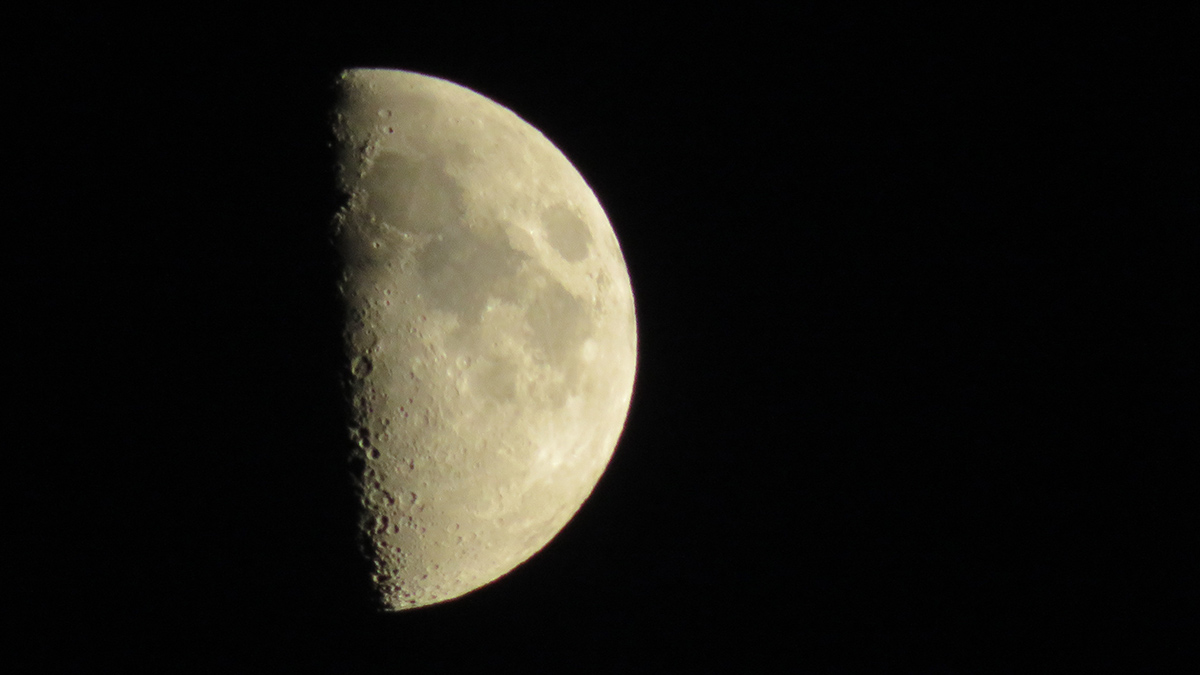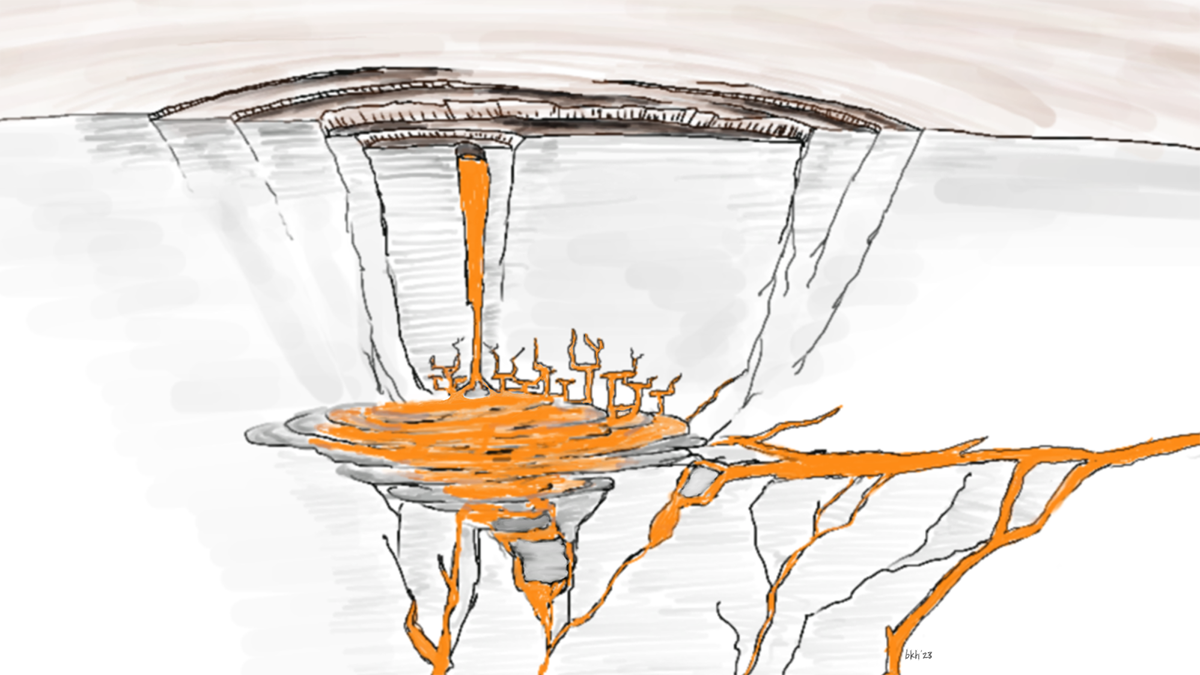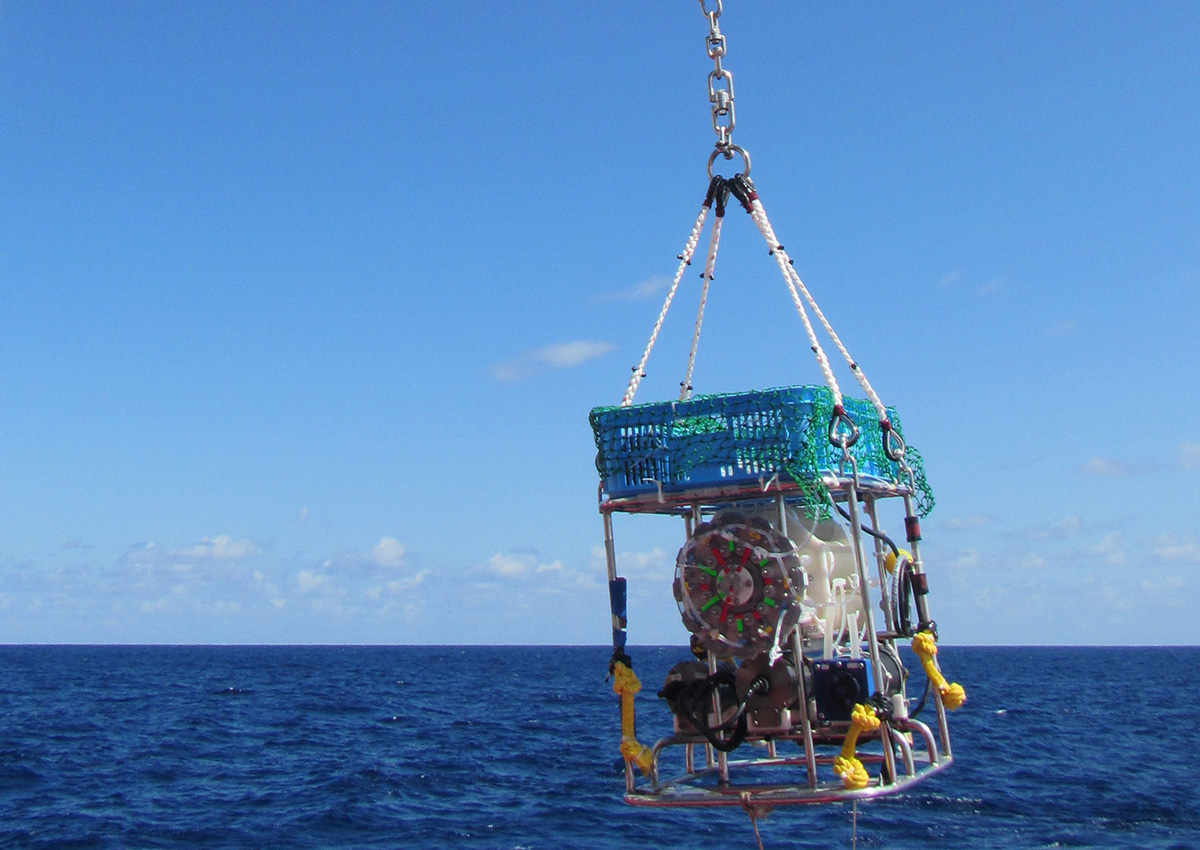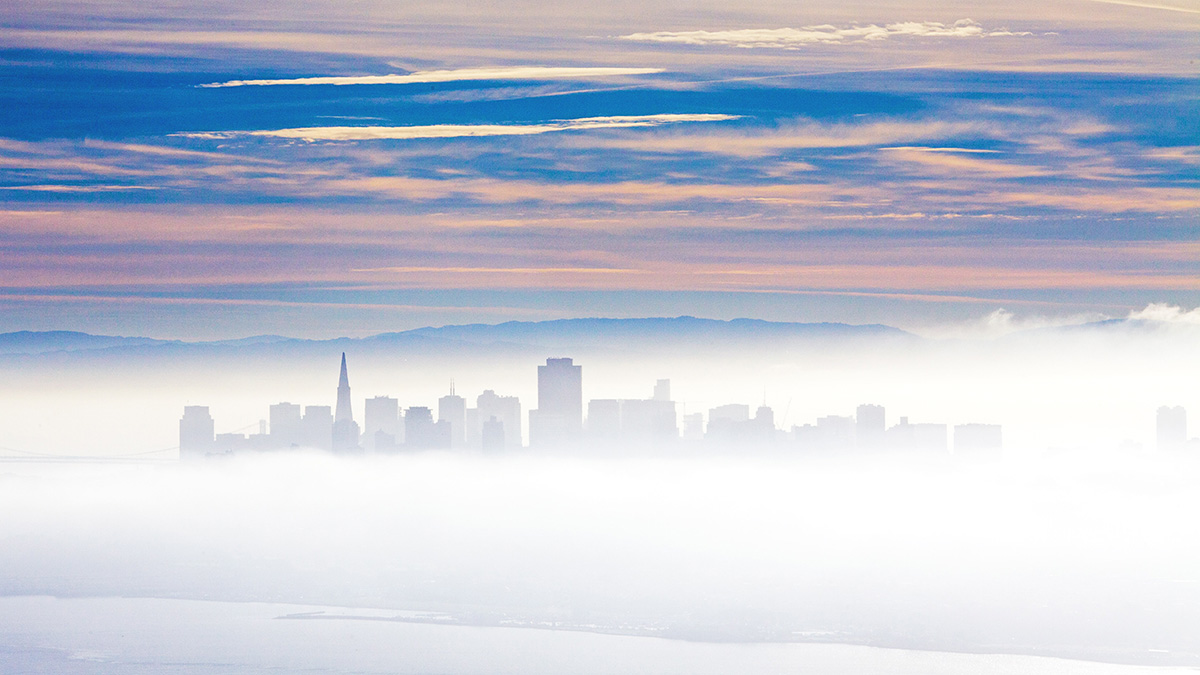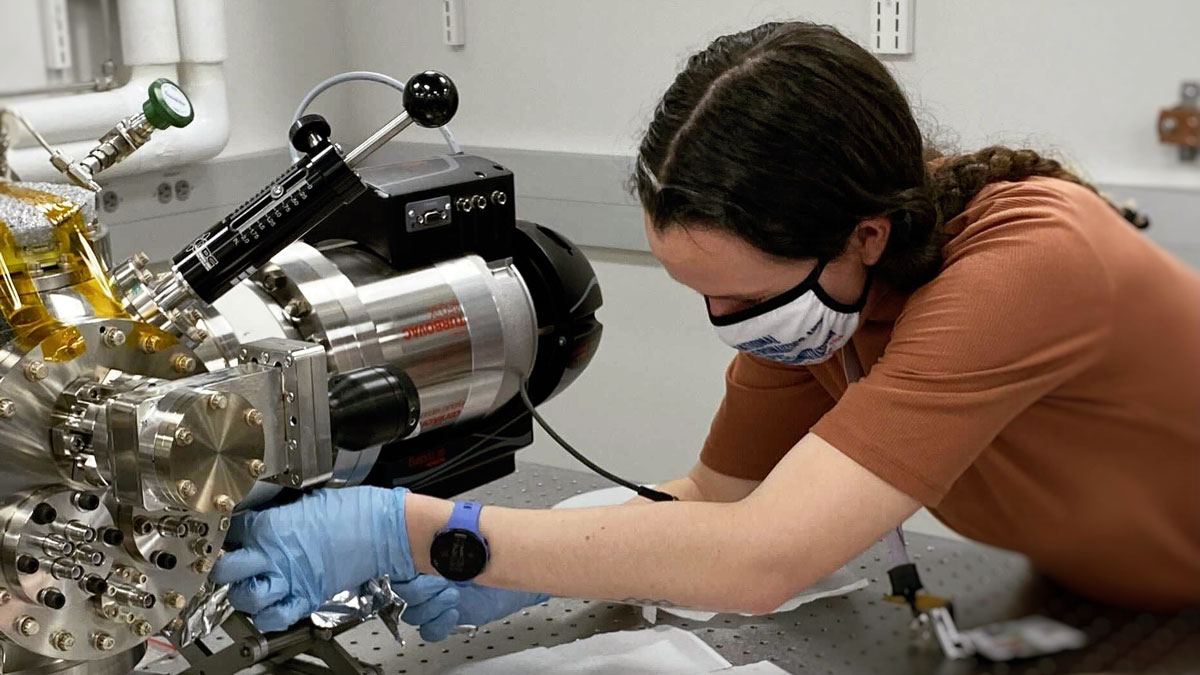A novel method uses gravity data to determine where density anomalies lie inside planetary bodies.
cool tools
Precisely Synced Clocks Pave the Way for New Science
Researchers working on Hawaiian mountain tops precisely synchronized two clocks with unprecedented efficiency, demonstrating the potential to create networks of such clocks for geodesy and more.
The Nitty-Gritty Forces That Shape Planetary Surfaces
Scientists are coming up with ingenious ways to compare terrestrial sand dunes, dust storms, and rain with their counterparts on Mars and Titan.
Earth Is Noisy. Why Should Its Data Be Silent?
Combining visual and sonic representations of data can make science more accessible and help reveal subtle details. The recent decade-long eruption of Hawaii’s Kīlauea Volcano offers a prime example.
Hunting Hurricanes
NOAA’s Hurricane Hunters risk their lives each time they fly into the eye of a storm to collect crucial data for forecasting, hurricane modeling, and research.
La presión del océano profundo tiene un aplastante impacto en el ciclo del carbono
La presión extrema que existe en el mar profundo reduce el apetito de los microorganismos por carbono orgánico. Este hallazgo podría tener implicaciones importantes en la geoingeniería y el balance de carbono global.
“Revolutionary” Instrument to Watch North American Skies
TEMPO, scheduled for launch this April, will monitor ozone and other pollutants during hourly daytime scans, providing data for better air quality forecasts and atmospheric models.
Observing a Seismic Cycle at Sea
Scientists organized a trio of expeditions to document the buildup of stress leading to a large earthquake on a seafloor fault, developing innovations for successful seagoing research in the process.
A Tiny New Device Could Help Find Extraterrestrial Life
Researchers developed a mini analyzer that could be a giant step forward in the search for life and habitable environments beyond Earth.
Deep-Sea Pressure Crushes Carbon Cycling
The extreme pressure in the deep sea stifles microbes’ appetite for organic carbon. This finding could have important implications for carbon budgets and geoengineering.

